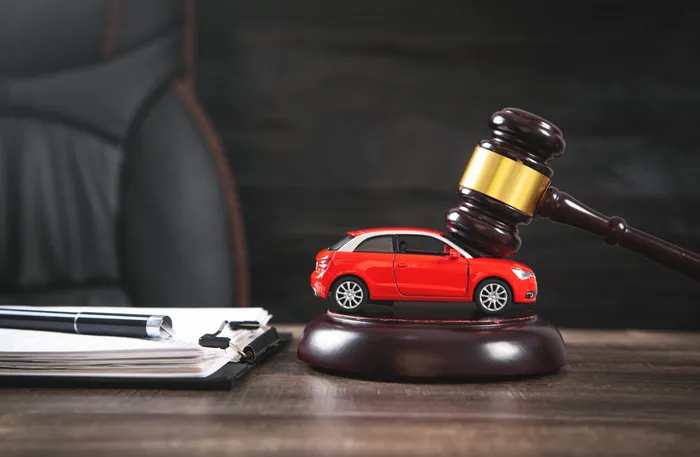3 min read time
Summary
In Nevada, you must have a front and back license plate.
Table of Contents

Is a Front License Plate Required in Nevada: NRS 482.275
Under Nevada law, NRS 482.275, motor vehicles, besides motorcycles, mopeds, or vehicles being transported by a licensed vehicle transporter, must have a license plate in the front and back.
Along with the front and rear license plate requirements, a vehicle's license plates must be securely fastened to the vehicle so that they do not swing and are at a height no less than 12 inches from the ground.
Additionally, under Nevada law, you can not display a license plate in a vehicle's window or by any other method that doesn't secure the license plate to the vehicle, and the plate must be clearly visible and free from foreign materials, such as dirt or any other material that impairs legibility.
However, there are exceptions to the front and rear license plates rule, which are covered in a later section.
What Are the Penalties for Not Having a Front License Plate in Nevada
If law enforcement catches you without a front or rear license plate and your vehicle doesn't fall into the exemptions, you could face a failure to display license plates traffic violation under NRS 482.275.
Such as a traffic citation, could result in a variety of penalties, including:
- Non-Moving Violation: Unlike speeding tickets, a failure to display license plates ticket is a non-moving violation, meaning points won't be added to your driving record, and you won't see an increase in your insurance premiums.
- Civil Fines: You could face fines ranging from $100 to $200, depending on the number of offences.
While license plate citations are relatively minor compared to speeding or reckless driving tickets, like any other type of traffic violation, if you accumulate a large number of license plate violations, it could lead to suspension of your vehicle registration or driver's license.
Exceptions to Nevada's Front License Plate Requirement
As mentioned earlier, there are exceptions to Nevada license plate laws, in which a vehicle owner is permitted to drive with only a front or rear plate.
Motorcycles and Mopeds
The Nevada DMV often only issues rear plates to motorcycle and moped drivers, meaning they're legally allowed to drive with one rear plate as long as it's securely fastened to their vehicle.
Passenger Vehicles That Don't Allow for a Front Plate
Vehicle owners whose cars are not manufactured with a bracket, device, or any other contrivance to secure a front license plate are allowed to drive with only rear license plates.
Do Out-of-State Drivers Need a Front License Plate in Nevada
Vehicles registered out of state and in Nevada do not need to abide by Nevada's plate requirement, but only their home state's laws.
However, law enforcement officers in Nevada may still pull you over if you lack a front and rear plate, but you should be clear from any civil penalties, unless you committed other traffic violations.
How to Properly Install a Front License Plate in Nevada
To ensure your front plate is properly installed and in accordance with Nevada's plate law, you must:
- Use the vehicle manufacturer's plate bracket
- Ensure the plate is at least 12 inches from the ground, measuring from the bottom of the
- Ensure the plate is fastened securely and clear of any debris
- Plate contains no covers, tints, or reflective material
Failure to properly install your vehicle's front plate could result in traffic tickets and other penalties.
Obtain the Compensation You're Entitled To
Contact Us Today
Rodney Okano Car Accident Lawyer is a Las Vegas personal injury law firm with over 20 years of experience helping clients obtain maximum compensation following injuries from accidents such as car crashes, worksite injuries, and slips and falls. Over those years, The Rodney Okano Car Accident Lawyer Law Firm has become an experienced law firm that can ensure exceptional results for any of its clients.





